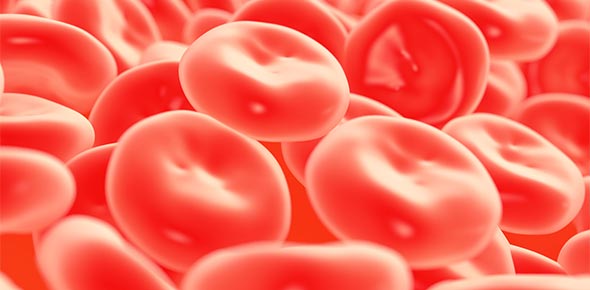Related Flashcards
Related Topics
Cards In This Set
| Front | Back |
|
A sagittal T1 weighted (or proton-density) sequence is for examining the
|
Menisci. Slices 4 or 5 mm thick with a small (12 to 14 cm) field of view (FOV) and at least a 192 matrix are recommended.
|
|
The knee should be imaged using a dedicated
|
Knee coil and externally rotated about 5 to 10 degrees (do not exceed 10 degrees) to put the anterior cruciate ligament in the plane of imaging.
|
|
T2 spin-echo or T2* gradient-echo sagittal images are obtained primarily to examine the
|
Cruciate ligaments and cartilage. With T2 spin-echo images, meniscal tears may be difficult to see; however, they will be picked up on the proton-density images.
|
|
The menisci and the cruciate ligaments are examined primarily on the
|
Sagittal images. Although the menisci and the cruciate ligaments can be seen on the coronal and axial images, it is uncommon for those images to show an abnormality that is not seen on the sagittal images.
|
|
Coronal images are obtained to examine the collateral ligaments and to look for
|
Meniscocapsular separations. These abnormalities can most often be seen only with T2 weighted images. T1 coronal images are therefore a waste of time, because there is nothing to be seen on these images that cannot be seen equally will on the sagittal images.
|
|
T2* gradient-echo coronals or fast spin-echo (FSE) T2 sequences in the coronal plane are imperative. FSE (also called turbo spin-echo or TSE) sequences should have
|
Fat suppression applied; otherwise, fluid cannot be distinguished from fat.
|
|
Axial images were initially used by the technicians as a scout view. They were then found to be useful for viewing the
|
Patellofemoral cartilage and for identifying an characterizing fluid collections. As in the coronal images, to afford an opportunity to see any pathology, T2 images must be obtained.
|
|
It has been found that fat suppressing the sagittal T1 or proton-density meniscus-sensitive sequence increases the dynamic range of signal in the
|
Meniscus and makes meniscal pathology more conspicuous. It gets rid of all the distracting high signal in the marrow, making it easier to visualize the meniscus.
|
|
The protocol currently recommended consists of a sagittal proton-density weighted spin-echo series with fat suppression and sagittal, coronal, and axial FSE T2 with
|
Fat suppression. Many acceptable variations of this protocol exist. Many centers, for various reasons, prefer not to use FSE images and instead use gradient-echo.
|
|
Sagittal TR/TE
|
2000/20, NEX 1, Matrix 192, thickness 4mm, FOV 14 cm
|
|
Sagittal TR/TE
|
4000/70, NEX 2, Matrix 192, slice thickness 4mm, FOV 14 cm
|
|
Coronal TR/TE
|
4000/70, NEX 2, Matrix 192, slice thickness 4mm. FOV 14 cm
|
|
Axial TR/TE
|
4000/70, NEX 2, Matrix 192, slice thickness, FOV 14 cm
|
|
The normal meniscus is a fibrocartilaginous, C-shaped structure that is uniformly low in signal on both
|
T1- and T2-weighted sequences. With T2* sequences the menisci will usually demonstrate some internal dignal.
|
|
With T1-weighted images any signal within the meniscus is
|
Abnormal, except in children, in whom some signal is normal and represents normal vascularity.
|






